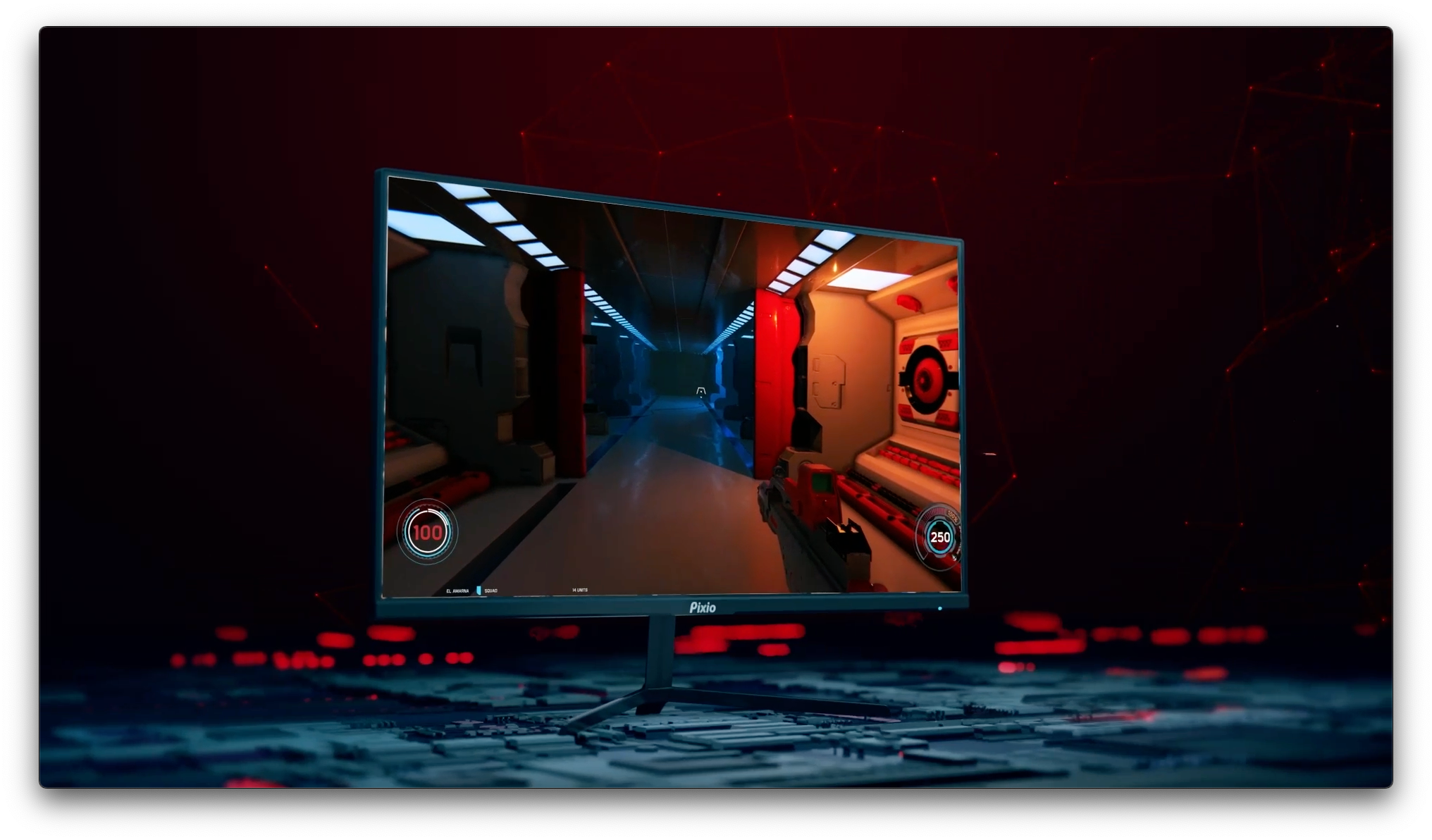In the world of gaming, finding the perfect balance between performance and visual fidelity is crucial. One of the key factors in achieving this balance lies in game optimization, which directly impacts frame rates – the number of frames per second rendered by your gaming system. In this blog post, we will explore the profound relationship between optimized games, frame rates, and gaming monitors, and how they collectively contribute to an exceptional gaming experience.
The Role of Game Optimization in Frame Rate Performance
When it comes to maximizing frame rates, game optimization plays a pivotal role. Developers employ various techniques to optimize games, allowing them to unlock the full potential of gaming hardware. Through optimization, games can achieve higher frame rates, resulting in smoother, more responsive, and fluid gameplay. By reducing unnecessary rendering and optimizing resource utilization, developers can ensure a seamless gaming experience with optimal frame rates.
Frame Rates and Gaming Monitors
A Synergistic Partnership: While game optimization influences frame rates, the choice of gaming monitor is equally important. Gaming monitors with high refresh rates play a vital role in fully leveraging optimized games. Refresh rate refers to the number of times the monitor refreshes the image per second, measured in Hertz (Hz). The higher the refresh rate, the smoother and more fluid the gameplay. Choosing a gaming monitor with a refresh rate that matches or exceeds the frame rate of the game ensures a seamless and immersive gaming experience.
Finding the Sweet Spot
Balancing Frame Rates and Visual Fidelity: Achieving the ideal balance between frame rates and visual fidelity is a crucial consideration for gamers. Higher frame rates, such as 120 Hz, 144 Hz, or even 240 Hz, reduce input lag and enhance responsiveness, resulting in a more immersive gaming experience. However, pushing for ultra-high frame rates may require adjusting graphics settings to maintain smooth gameplay. It's essential to find the optimal balance between frame rates and visual quality to suit individual preferences and hardware capabilities. Moreover, the choice of gaming monitor resolution, such as 1080p, 1440p, or 4K, also impacts frame rates and overall gaming experience.
Gaming Monitors and Adaptive Sync Technologies
To enhance the synchronization between the graphics card and gaming monitor, Adaptive Sync technologies like AMD FreeSync and NVIDIA G-SYNC come into play. These technologies eliminate screen tearing, stuttering, and input lag, providing a smoother gaming experience. When paired with an optimized game and capable graphics card, gaming monitors with Adaptive Sync further enhance the visual clarity and fluidity of gameplay.
Pushing the Limits
High Frame Rates and Esports: In the world of competitive gaming and esports, achieving ultra-high frame rates is essential. Gaming monitors with exceptionally high refresh rates, such as 240 Hz or beyond, are highly sought after by esports enthusiasts. The advantages of high frame rates in esports include better visual clarity, faster reactions, and improved precision. The combination of optimized games, high frame rates, and gaming monitors designed for esports delivers a competitive edge and an immersive gaming experience.
Optimization in gaming is instrumental in achieving higher frame rates and unlocking the full potential of gaming hardware. When paired with the right gaming monitor, optimized games can provide a seamless and immersive gaming experience. By finding the optimal balance between frame rates and visual fidelity, gamers can tailor their gameplay to their preferences and hardware capabilities. With the integration of Adaptive Sync technologies and the pursuit of high frame rates, the gaming experience continues to evolve, pushing the boundaries of performance and visual quality. By understanding the importance of optimization in gaming and its impact on frame rates and gaming monitors, gamers can elevate their gaming experience to new heights.

0 comments